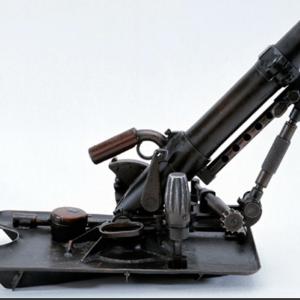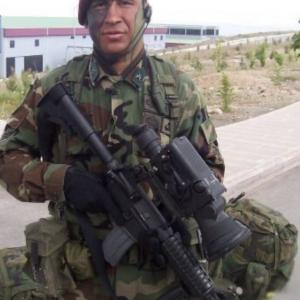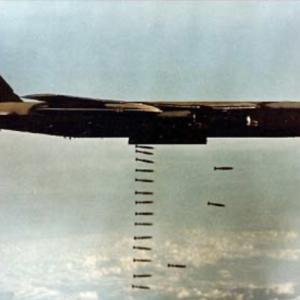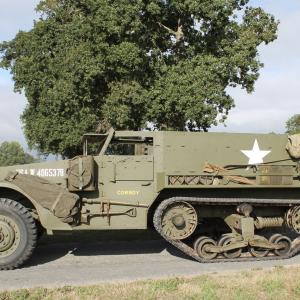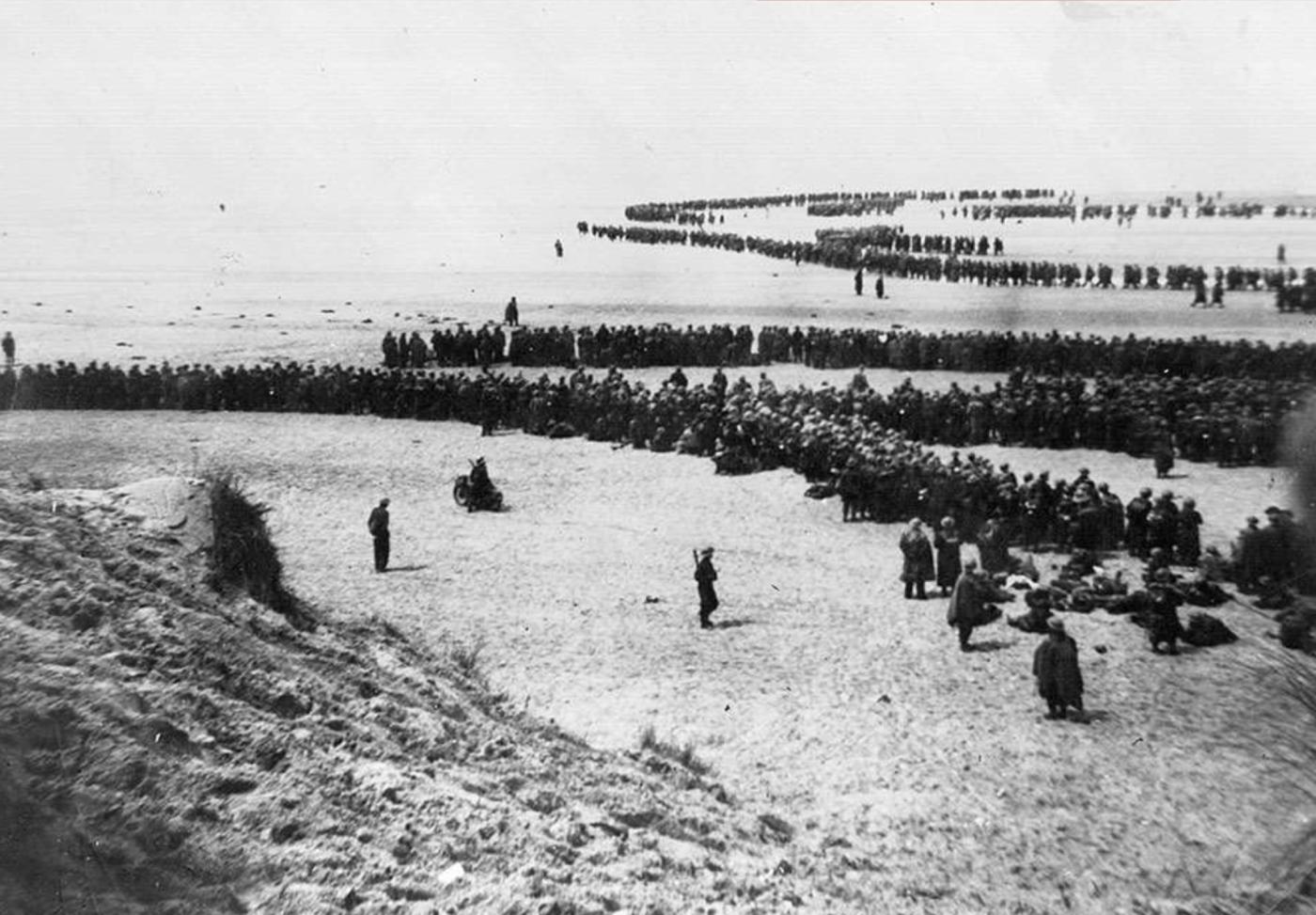
Operation Dynamo
Operation Dynamo, also known as the Miracle of Dunkirk, was one of the most remarkable military evacuations in history. It took place during World War II between May 26 and June 4, 1940. The operation involved the evacuation of Allied soldiers—primarily British, but also French and Belgian—from the beaches and harbor of Dunkirk (Dunkerque) in northern France. As the German army advanced rapidly through France in the early months of the war, the British Expeditionary Force (BEF) and other Allied troops found themselves surrounded by German forces near the Channel coast. Facing imminent annihilation, the British government launched an audacious plan to rescue its troops: Operation Dynamo.
The planning for Operation Dynamo was spearheaded by Vice Admiral Bertram Ramsay, a seasoned Royal Navy officer with extensive experience in naval logistics and operations. Ramsay had been recalled to active duty and was stationed at the underground headquarters in Dover Castle, code-named the Dynamo Room, from which the operation derived its name. Ramsay and his team began planning in secrecy as the strategic situation in France deteriorated. British Prime Minister Winston Churchill, newly appointed to lead the nation in May 1940, authorized the operation with cautious hope but little expectation of success. At the time, it was estimated that perhaps 30,000 to 45,000 troops could be evacuated—far fewer than the number trapped.
The situation in France became desperate when German forces launched the Blitzkrieg—“lightning war”—strategy, rapidly outflanking the Maginot Line and pushing through the Ardennes. By late May, the BEF, along with French and Belgian divisions, had been driven back to a narrow pocket along the French coast, centered around Dunkirk. The German Panzer divisions under generals like Heinz Guderian were poised to strike the final blow, but an unexpected halt order from Adolf Hitler, possibly influenced by Hermann Göring’s promise that the Luftwaffe could finish the job from the air, gave the Allies a critical window of time. This delay, which remains controversial among historians, allowed the British to organize the evacuation more effectively.
Carrying out Operation Dynamo required a complex coordination of naval and civilian vessels, air support, and beach logistics. The Royal Navy mobilized over 800 vessels, a mix of destroyers, minesweepers, trawlers, and a large number of civilian boats that became famously known as the "Little Ships of Dunkirk." These included fishing boats, pleasure craft, lifeboats, and ferries—many commandeered or volunteered by their owners. Their small size allowed them to navigate the shallow waters near the beaches, where larger ships could not reach, and shuttle troops to larger vessels waiting offshore or return directly to England.
The evacuation began on May 26, 1940. Troops were initially taken from the harbor mole—a long breakwater structure—but heavy German bombing forced more to be evacuated directly from the beaches. British and Allied soldiers waded out into the surf, sometimes shoulder-deep in water, to reach the waiting boats. Lines of men stretched across the sands, exposed to air raids and artillery fire. The Royal Air Force (RAF) engaged in fierce dogfights over the Channel to protect the evacuation, although many soldiers on the beach felt abandoned, unaware of the intense aerial combat happening beyond their line of sight. German planes bombed the beaches and strafed columns of men, while mines and U-boats threatened the ships offshore.
Despite the chaos and danger, Operation Dynamo exceeded all expectations. Over nine days, 338,226 soldiers were successfully evacuated to Britain—198,000 British and 140,000 French and Belgian troops. Many of the French forces were later returned to France to continue the fight, though France itself would fall within weeks. The last British troops left on June 4, though some French units held out a bit longer. While the operation was a tactical defeat—leaving most of the heavy equipment, vehicles, and supplies behind—it was a strategic and psychological victory for the Allies. The success of the evacuation gave Britain a renewed sense of hope and unity. Churchill, addressing the House of Commons on June 4, famously declared, “We shall fight on the beaches,” setting the tone for Britain’s resolve in the darkest days of the war.
Operation Dynamo also had significant long-term implications. It preserved the core of the British Army, which would later fight in campaigns across North Africa, Italy, and eventually return to France in the D-Day invasion of 1944. The operation also demonstrated the value of civilian participation in national defense and became a symbol of British resilience. Ramsay, though initially given little recognition, was later acknowledged as a key architect of the operation’s success. His meticulous planning and calm under pressure were vital in turning a potential disaster into a heroic episode of endurance and improvisation.
In hindsight, the evacuation of Dunkirk was not just a military maneuver but a turning point in the narrative of World War II. It marked the end of the Battle of France and the beginning of Britain’s solitary stand against Nazi Germany. Though it would be months before the United States entered the war and years before the tide would fully turn, Operation Dynamo ensured that Britain remained in the fight. The story of Dunkirk became ingrained in the British national consciousness, often remembered not only for what was saved, but for the spirit and sacrifice that made it possible.

